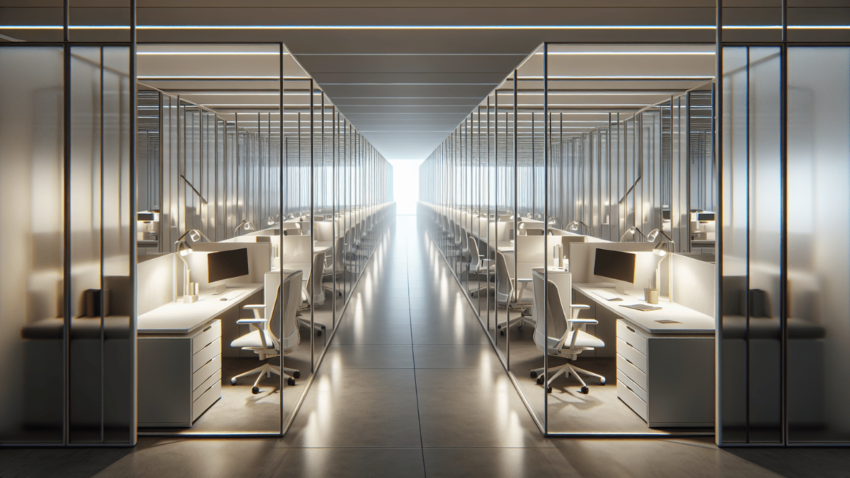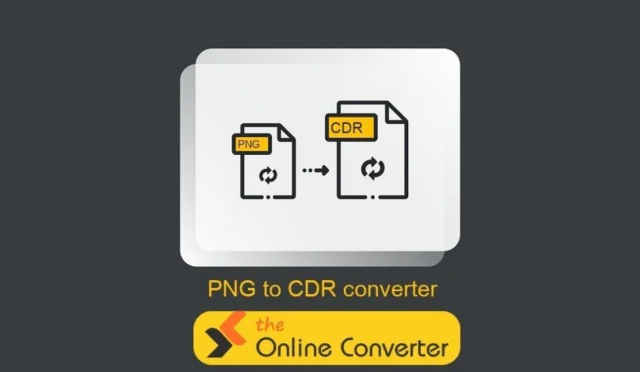Recent years have witnessed a significant change in office design. Changes in work culture, technological revolutions, and renewed interest in workers’ welfare have led to a boom in employee-centric workplace designs. Amid these shifts, one prominent trend has been the resurgence of enclosed cubicles. As companies increasingly make privacy and concentration in the workplace prime, enclosed cubicles are back in style as a balanced solution to the diverse needs of modern employees. This article explores the factors driving the return of enclosed cubicles and how these are transforming privacy-centric office design.
1. The Return to Privacy
The open-plan office, the most hyped office environment that represented the summit of collaborative design, has been receiving much criticism for its negatives, including lack of privacy. In the open plan offices, employees find themselves subjected to acoustic distractions, constant interruptions and cannot focus on deep work. The situation has led to the decline in productivity as well as an increase in stress levels among these employees. In response, most companies have re-thought how they design their offices in cubicles that are closed to allow for a controlled private environment. Designs that focus on privacy values quiet and individualized working environments as instrumental to individual and organizational achievements.
2. Enhanced Worker Welfare
Worker welfare has emerged as an issue of concern to an organization, mainly because mental well-being concerning the health has become increasingly conscious regarding workplaces. Enclosed cubicles may be an answer to employee wellness support in that they afford an employee a private space wherein an employee can get away from the din and ruckus of the office. It allows the employees to personalize their space, minimize distractions, and reduce stress. The capacity to close a door or partition also enables employees the freedom to take breaks, recharge, and maintain a good work-life balance that is important for long-term productivity and job satisfaction.
3. Facilitate Focus Work
Some tasks really call for a lot of concentration, free from disturbances, which are typical in an open-plan office. Enclosed cubicles meet this need: These are areas that ensure a quiet, distraction-free zone where employees can focus on complex projects, problem-solving, or creative work. Physical barriers given by enclosed cubicles help block out noise and visual stimuli to enable deep work states. This focused environment supports not only individual performance but also efficiency in general and the quality of work produced within the team.
4. Hybrid work models
The increased adoption of hybrid work models where most employees spend part of their working hours in offices and parts of their time at home has increased demand for enclosed cubicles. With the majority of them already returning to office space, most employees now need a dedicated space that can give them the same privacy and comfort that they had when working from home. Closed-in cubicles fulfill this demand by providing a space in which an employee feels secure and personalized exactly the way they are part of the whole larger office setup. The arrangement therefore makes it easy for the employees to easily interchange between remote working and working in the office without the situation having an impact on any of the operations.
5. Balancing Privacy with Collaboration
The other design challenge is the need to balance both demands of privacy and the merits of collaboration within the office space. Closed cubicles, for instance, may be adaptable settings to allow both individual and team work. For example, cube areas may include sliding or retractable doors so that when employees want to expose the area to have an open, collaborative space, they can do so; yet, the door can close up again for some seclusion. On the other hand, cubicles can be located in strategic areas about communal spaces, such as meeting rooms or break zones, that may foster natural interactions without compromising their seclusion. This gives the employee the space for individual work. His choice would be how to work with his employees according to the nature of the task.
6. Inclusion of Technology
With technology remaining a core factor of incorporation in the workplace, cubicles are also being incorporated to increase private and productive workspaces. Many modern cubicles are outfitted with power outlets, USB ports, and even integrated monitors. This allows employees to connect various devices automatically and gain quick access to digital tools. Advanced soundproofing materials and acoustic technologies now make even quieter settings possible. In this regard, tech-integrated cubicles are used to help employees support focused work while still being connected and efficient about the work at hand, even in a private setting.
7. Aesthetic Design and Personalization
With the enclosed cubicles of today, the dingy, cookie-cutter designs of old are nowhere in the picture. Office designers have risen up with aesthetics and customization to come up with space where functionality and aesthetics are intertwined into one design. Enclosed cubicles can personalize variety materials, colors, and finishes to reflect that company’s brand and culture. These will also include lighting adjustability, office furniture Miami, biophilic designs, and a number of other comfort-enabling features. As while being stalwartly focused on design, the enclosed cubicles cannot simply be practical; instead, they have to be contributing elements to a positive and inspiring work environment .
8. Sustainability Considerations
Sustainability is another important consideration in the development of enclosed cubicles. Further, the business houses must be environmental-friendly; offices are also in a state of demand for eco-friendly office solutions. Enclosed cubicles can be designed using recycled wood or low-emission fabrics and be specially configured for the maximum consumption of energy through lighting and ventilation. Moreover, the duration and longevity of enclosed cubicles mean fewer replacements and have an added effect on not damaging the environment. By placing sustainability at the top of the list, companies would design workplaces conducive to living in harmony with their corporate social responsibility charter.
9. Future Trends in Privacy Centric Office Designs
The future trend of a changing workplace is one that shall embrace designs like enclosed cubicles that spell creativity. Companies realized a little morale boost is all what the employees need to do their best work. Enclosed cubicles are broad solutions that can be tailored to meet individual worker needs as well as serve broader organizational objectives. With emphasis on privacy, wellness, and flexibility, enclosed cubicles will form the nucleus of future offices.
Conclusion
Renewed interest in closed cubicles is symptomatic of the broader trend toward privacy-sensitive office design, which is being driven by focused work, employee well-being, and adaptable workspaces in response to the changing nature of work. As companies continue to navigate this new world, a practical and forward-thinking solution to the diverse needs of the modern workforce-solved by closed cubicles-could be exactly what companies need. It is through the provision of greater privacy and focus or even more connections to IT that enclosed cubicles redefine what it means to build an office environment that works well and is amiable to employees.







